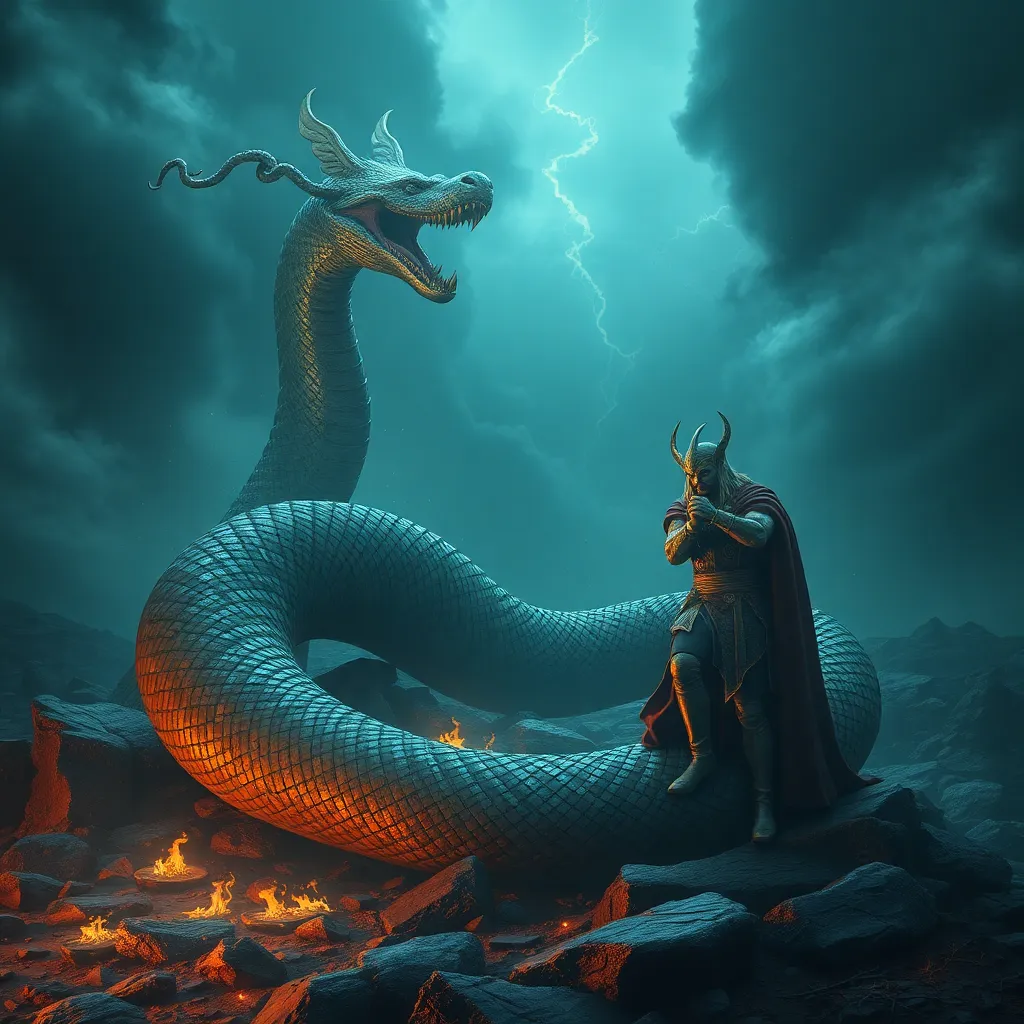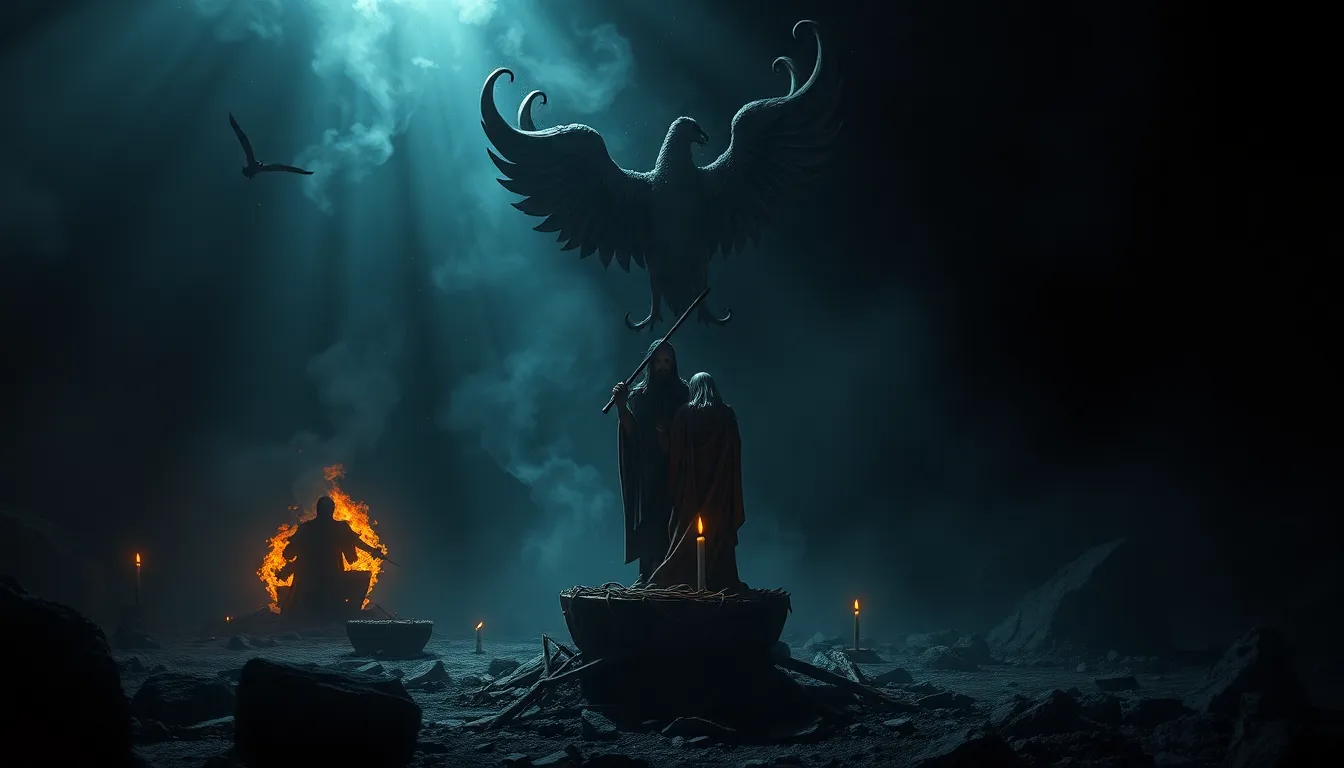The Mischievous Nature of Trickster Characters
Introduction to Trickster Characters
Trickster characters are fascinating figures found in literature and folklore, embodying a playful, mischievous spirit that often subverts social norms. These characters serve a dual purpose: they entertain and challenge the status quo. Historically, tricksters have appeared across various cultures, from African folklore to Native American myths, each embodying unique traits that reflect the values and struggles of their societies.
The Archetype of the Trickster
The trickster archetype is a significant figure in psychology and mythology, representing a blend of chaos and creativity. In Jungian terms, tricksters are often seen as symbols of the unconscious, embodying the complexities of human nature. They possess key traits and characteristics, including:
- Mischievousness: They enjoy playing pranks and causing trouble.
- Intelligence: Tricksters are often clever, using their wits to navigate challenges.
- Ambiguity: They exist in a gray area, often defying binary moral codes.
- Transformative abilities: Tricksters can shape-shift or alter reality, highlighting their connection to change.
Cultural Variations of Trickster Figures
Trickster figures vary widely across cultures, each embodying unique characteristics and stories. Here are some notable examples:
- Coyote: In Native American folklore, Coyote is a powerful trickster who teaches important life lessons through his antics.
- Anansi: A spider from African and Caribbean tales, Anansi is known for his cunning and ability to outsmart others, often conveying moral truths.
- Loki: In Norse mythology, Loki is a complex character who embodies chaos, often causing problems for the gods but also aiding them in critical moments.
- Other Tricksters: Figures like Hermes in Greek mythology and Br’er Rabbit in African American folklore also illustrate the diverse representations of tricksters around the world.
Motivations Behind Trickster Behavior
Understanding why tricksters engage in mischief is essential to grasping their role in storytelling. Their antics often serve as:
- Social Commentary: Tricksters challenge societal norms and expose hypocrisy, prompting audiences to reflect on their beliefs.
- Disruption of Order: By creating chaos, they force change and highlight the need for balance in society.
Tricksters in Literature and Popular Media
Literature and popular media are rife with trickster characters, each showcasing unique traits and narratives. Some famous literary tricksters include:
- Odysseus: In Homer’s “The Odyssey,” Odysseus employs clever tactics to navigate challenges, embodying both heroism and trickery.
- Puck: From Shakespeare’s “A Midsummer Night’s Dream,” Puck is a quintessential trickster who delights in creating chaos among the other characters.
In modern films and television, tricksters have evolved, with characters like:
- The Joker: A chaotic figure in Batman lore, he embodies the darker side of the trickster archetype.
- Deadpool: Known for breaking the fourth wall, Deadpool uses humor and wit to challenge traditional storytelling conventions.
The Dual Nature of Tricksters: Chaos and Order
Tricksters are unique in their ability to create chaos while simultaneously restoring order. Their antics often lead to disruption, but this chaos can pave the way for new perspectives and solutions. Through their actions, tricksters reveal the necessity of balance within society.
Psychological Aspects of Trickster Characters
The appeal of tricksters lies in their complexity, resonating with audiences on a psychological level. They often represent:
- Moral Ambiguity: Tricksters challenge conventional morality, making them relatable to those who grapple with ethical dilemmas.
- Human Psyche: Their dual nature reflects the inner conflicts and contradictions present in everyone.
The Role of Humor and Wit in Trickster Tales
Humor is a vital tool for tricksters, allowing them to subvert norms and critique societal issues. Wit distinguishes trickster characters from other archetypes, enabling them to navigate complex situations with laughter and cleverness. This use of humor serves as both entertainment and a mechanism for social change.
Contemporary Interpretations of Trickster Archetypes
Modern authors and creators have reinterpreted traditional tricksters to fit contemporary narratives. In the digital age, tricksters have transcended literature, appearing in:
- Memes: Online culture often creates new trickster figures that challenge societal norms and conventions.
- Internet Culture: Figures like “The Most Interesting Man in the World” embody the playful, subversive spirit of the trickster in modern advertising and media.
Conclusion: The Enduring Legacy of Trickster Characters
The significance of tricksters in contemporary storytelling cannot be overstated. They teach us valuable lessons about the complexities of human nature and society. Through their mischief and cunning, tricksters encourage us to question established norms and embrace the ambiguity of life. As we continue to explore their stories, we gain insight into the dual nature of humanity, revealing that chaos and order often coexist in the world around us.



